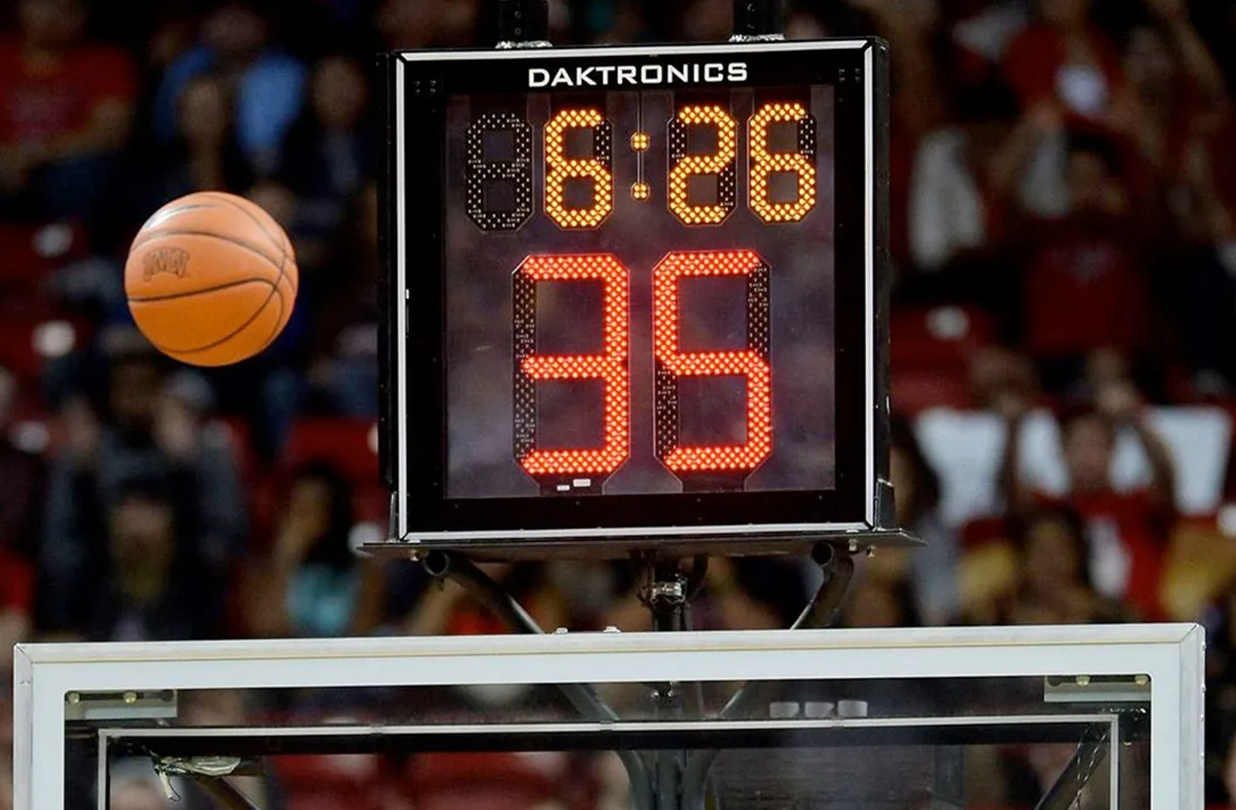amicitaacademy – Ice hockey is one of the fastest and most thrilling sports in the world, combining the precision of skillful skating, the intensity of physical contact, and the strategic depth of team play. Played on an ice rink with a small rubber puck and sticks, ice hockey demands speed, agility, and endurance, making it a favorite among fans and players alike.
A Brief History of Ice Hockey
The origins of ice hockey can be traced back to the 19th century in Canada, where early versions of the game were influenced by stick-and-ball sports from Europe, such as bandy and hurling. The first organized indoor game was played in Montreal in 1875, marking the beginning of modern ice hockey.
In 1917, the National Hockey League (NHL) was established, and today, the NHL is considered the premier professional ice hockey league in the world. Ice hockey has also been a part of the Winter Olympics since 1920, cementing its place as a global sport.
How Ice Hockey is Played
Ice hockey is played on a rectangular rink with rounded corners, featuring:
- Two Teams: Each team consists of six players on the ice: three forwards, two defensemen, and a goalie.
- Objective: The goal is to score by shooting the puck into the opposing team’s net.
- Periods: Games are divided into three 20-minute periods with intermissions in between. If the score is tied, overtime or a shootout determines the winner.
Key Skills in Ice Hockey
1. Skating
Speed and agility on ice are essential. Players need to maneuver quickly, change directions, and maintain balance under pressure.
2. Stickhandling
The ability to control the puck with the hockey stick is crucial for both offense and defense, requiring precision and quick reflexes.
3. Shooting
There are various types of shots, such as the slap shot, wrist shot, and backhand, each demanding different levels of power and accuracy.
4. Checking
Physical play is integral to ice hockey, with players using body checks and stick checks to disrupt their opponents’ progress. However, rules ensure that contact is fair and safe.
Positions and Roles
- Forwards: Responsible for offensive play, scoring goals, and creating opportunities.
- Defensemen: Protect the team’s net by blocking shots and clearing the puck from the defensive zone.
- Goaltender (Goalie): The last line of defense, tasked with stopping shots and preventing goals.
Each position requires specific skills, but teamwork and communication are crucial for overall success.
The Physical and Mental Demands of Ice Hockey
Ice hockey is known for its high-intensity gameplay, requiring players to have:
- Physical Fitness: Endurance, strength, and agility are vital for sustaining performance throughout the game.
- Mental Toughness: Players must stay focused under pressure, make quick decisions, and adapt to the fast-paced nature of the game.
- Teamwork and Strategy: Success in ice hockey depends heavily on coordinated team efforts and well-executed strategies.
Major Ice Hockey Competitions
Ice hockey is played at both amateur and professional levels worldwide, with key competitions including:
- NHL (National Hockey League): The top professional league in North America, culminating in the prestigious Stanley Cup playoffs.
- IIHF World Championship: Organized by the International Ice Hockey Federation, featuring national teams from around the world.
- Winter Olympics: One of the most highly anticipated ice hockey events, showcasing the best national teams on the global stage.
Ice Hockey’s Global Reach
While ice hockey originated in Canada and remains deeply popular in North America, the sport has gained significant traction in countries like Russia, Sweden, Finland, and Czechia. In recent years, interest has expanded to non-traditional markets, with leagues and development programs emerging in countries like China, South Korea, and Australia.
Safety and Protective Equipment
Given its fast pace and physicality, safety is a top priority in ice hockey. Players wear protective gear, including:
- Helmets with face shields or cages.
- Mouthguards to protect teeth and jaws.
- Pads for shoulders, elbows, knees, and shins.
- Gloves to protect hands and wrists.
This equipment minimizes injuries, ensuring that players can perform at their best while staying safe.
Conclusion
Ice hockey is more than just a game; it’s a thrilling sport that demands speed, strategy, and teamwork. From the roaring excitement of professional leagues to the passion of grassroots play, ice hockey continues to captivate fans and athletes worldwide. Whether you’re a player on the ice or a fan in the stands, the energy and excitement of ice hockey are undeniable, making it one of the most dynamic sports in the world.






